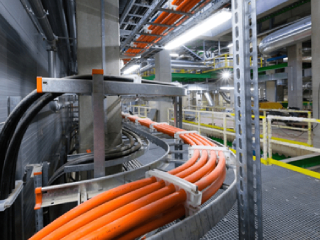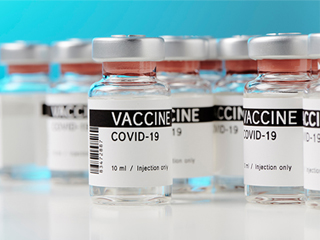Hello AKCP Team,
We have read the details in your BattMon sensor manual and also the sensor datasheet on your website but are unable to fully understand the BATTMON sensor.
Could you please explain the BATTMON sensor and the CT (Current Transformer) in simple terms? We do not have extensive knowledge in electrical concepts.
Thank you in advance
- asfscott asked 5 months ago
- You must login to post comments
Hello AKCP Customer,
Thank you very much for your email on this subject.
The BATTMON can monitor any DC power source.
It has 2x terminal wires one for the +VE and one for the -VE terminal of the battery, or DC power source. This will monitor the voltage. It can monitor up to 60VDC. The +VE terminal has a built in temperature sensor so we can also check the temperature of the battery terminal. High temperature can be a sign of poor contact or high resistance.
It has a connection for an additional CT. A CT is a current transformer. Current is measured in Amps. A CT is a non invasive way of measuring current, it clips around the positive wire, and it will measure the magnetic field around the wire. The higher he current, the greater the magnetic field. This magnetic field through a formula calculation that is performed on our software translates the field into a number, which is the amount of Amps in the cable.
So now you have a measurement of the Voltage and the Amps. From this Watts can be calculated, the formula for this is Watts = Volts x Amps. Watts is the amount of power being used.
So if we measure 5Amps @ 60VDC it would be 300 Watts of power. However 5Amps @ 12VDC would only be 60 Watts of power.
If you have an appliance (load) for example, a light bulb, that is connected to the battery. It will require a certain amount of watts to operate. Example, it requires 50 watts (I’m sure you have seen light bulbs with 100 W, 50W, 25W ratings on them).
So, you can re-arrange the equation of Watts = Volts x Current to be something else. As we know we need 50 Watts. If we know our DC voltage source is 24VDC for example, we can then say then Current = Watts / Volts
or
Current = 50 / 24 = 2
This means to operate a 50 Watt light at 24VDC it would require 2 Amps of current.
If the battery you are using is a 1,000mAh (meaning the battery has a total storage of 1000 milliamp hours, which is 1 Amp Hour, as 1,000 mA is 1A. This means in 1 hour the battery can supply 1 Amp) then it means we have enough power in the battery to operate the light for 30 minutes, as we need 2 Amps and the battery can only supply 1 Amp in an hour before it is dead.
So the Battmon sensor could be used to monitor a battery, it’s voltage, the current draw from the load that is attached, and you can then calculate how long the battery may last, or how much power it is using. In a solar panel system where you have solar panels charging the batteries you a check the solar panel output in Amps, the battery output in Amps. If the battery output to the load is 10 Amps, and the solar panels are outputting 5 Amps, it means you are taking out power at 2x the rate it is being put back in, meaning that you will eventually run the battery dead, but in 2x the rated capacity. If it’s a 10 Amp battery, you will use 10 Amps of power in 1 hour, but you replace it with 5 Amps from the solar panels, meaning after 1 hour your battery still has 5 Amps left (10-10+5)
You can research online about the basics of DC power there are YouTube videos etc that you can watch will help you understand basics of electronics. If you re planning to sell this product then you should have some knowledge.
Kind Regards,
AKCP Support Team
- asfscott answered 5 months ago
- You must login to post comments
Please login first to submit.




